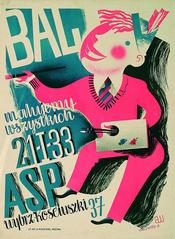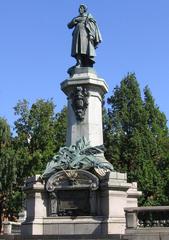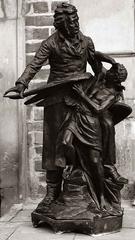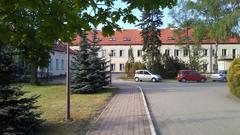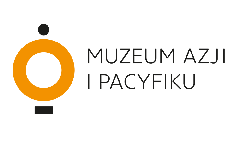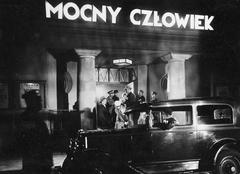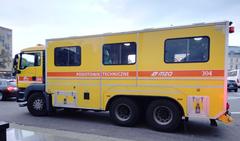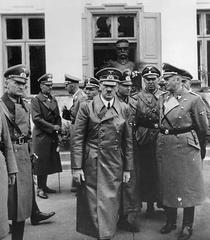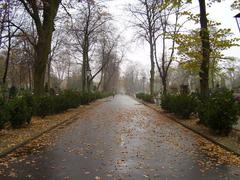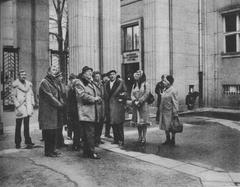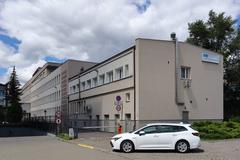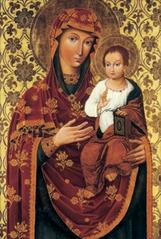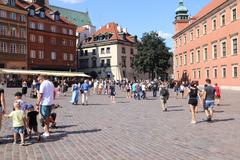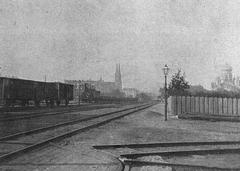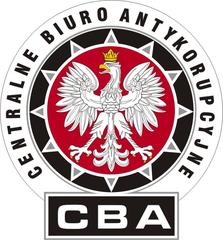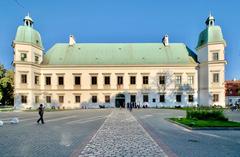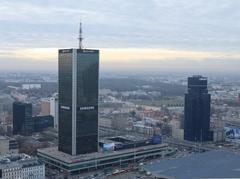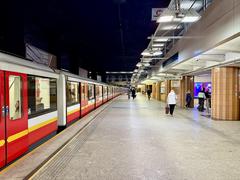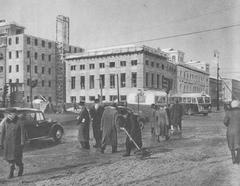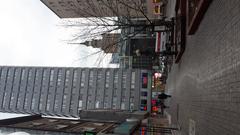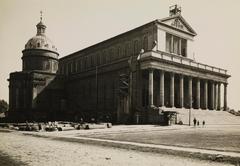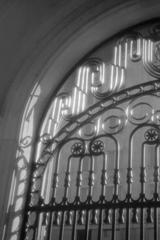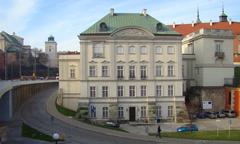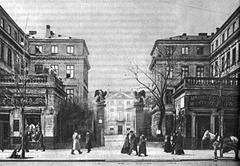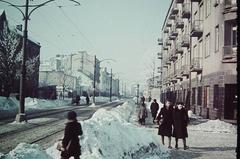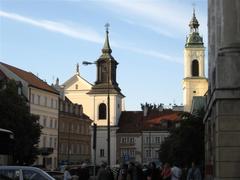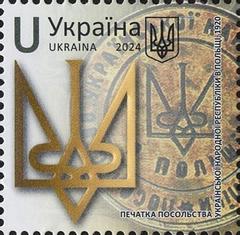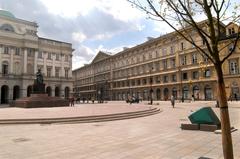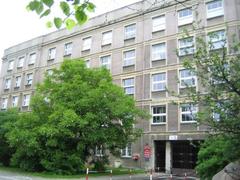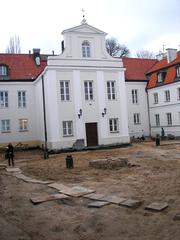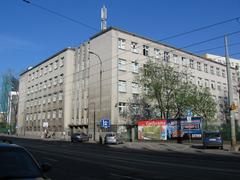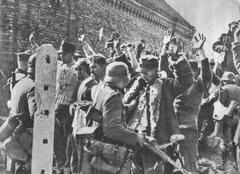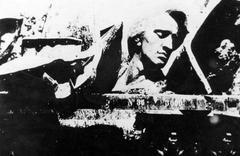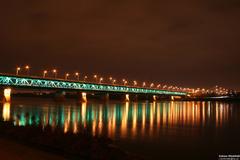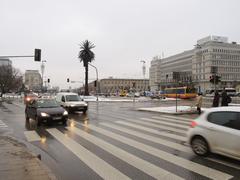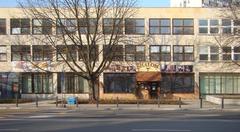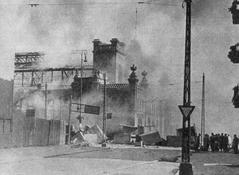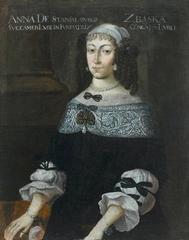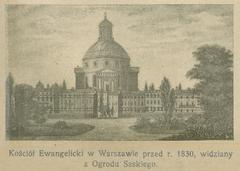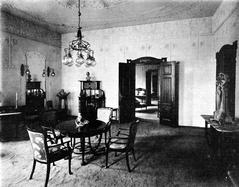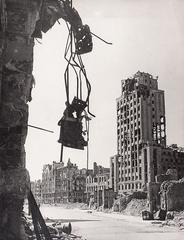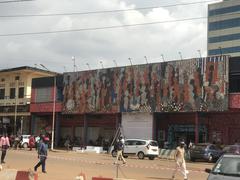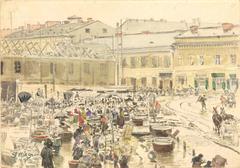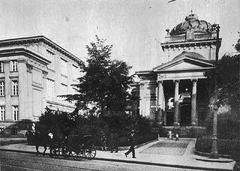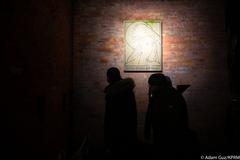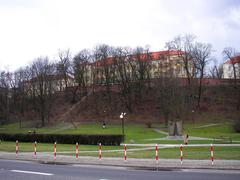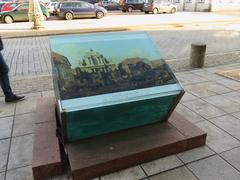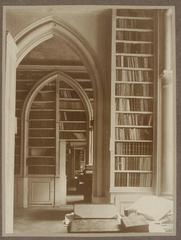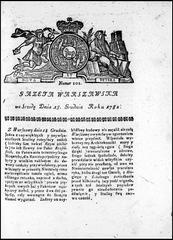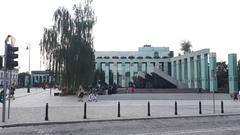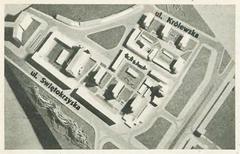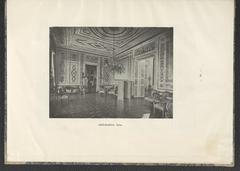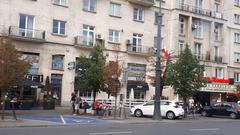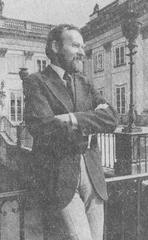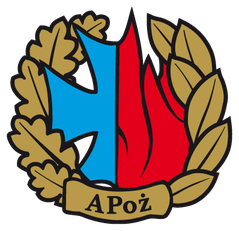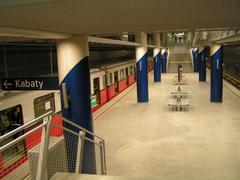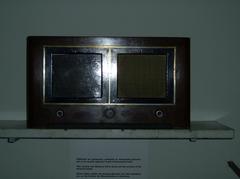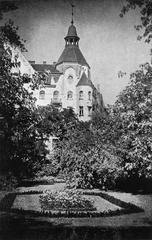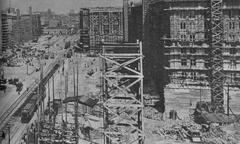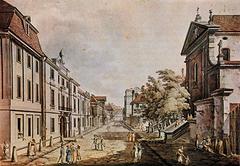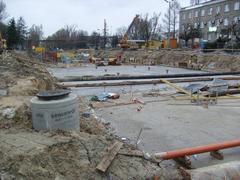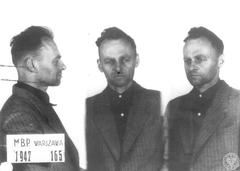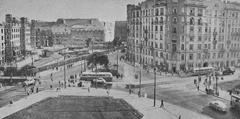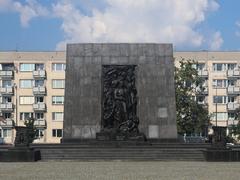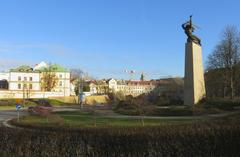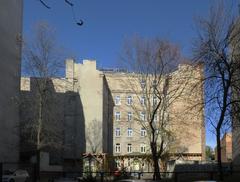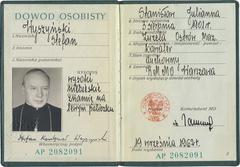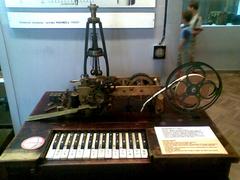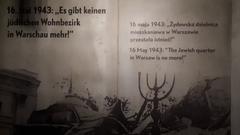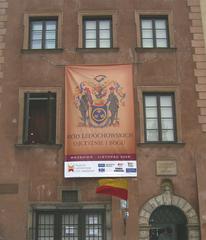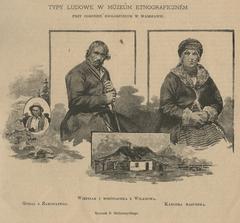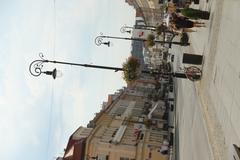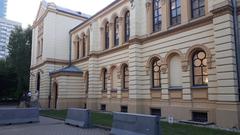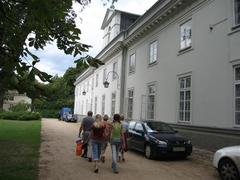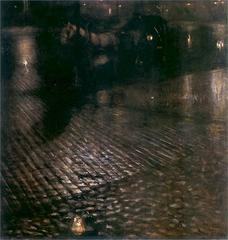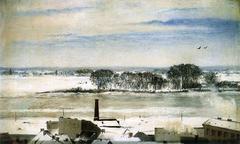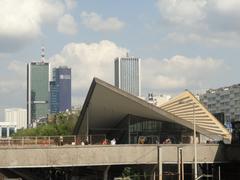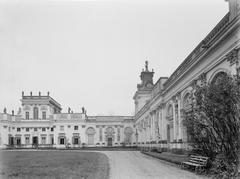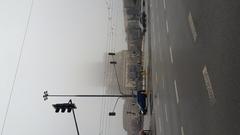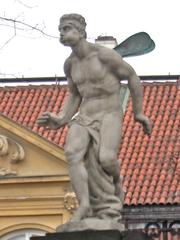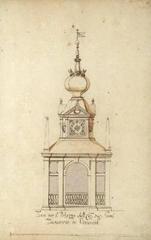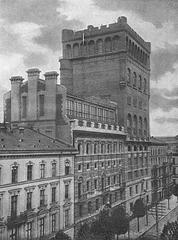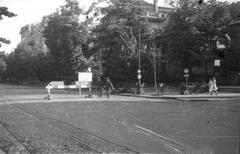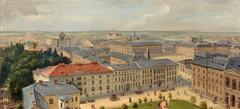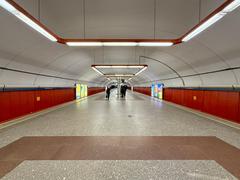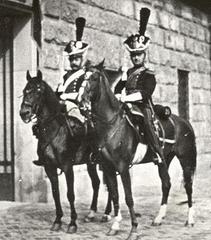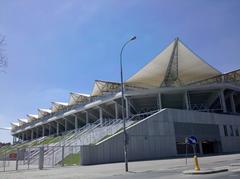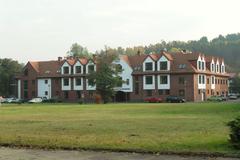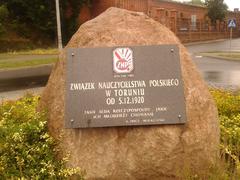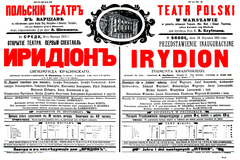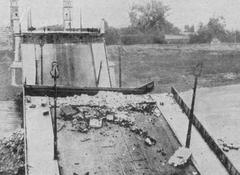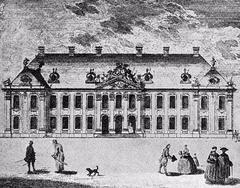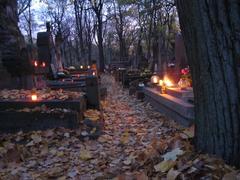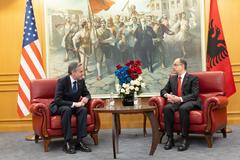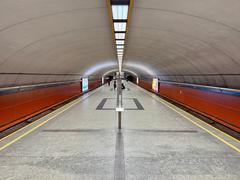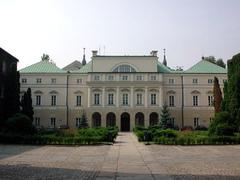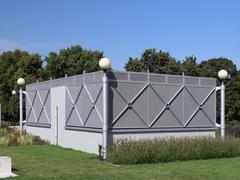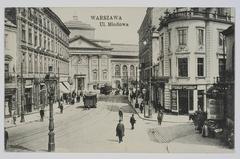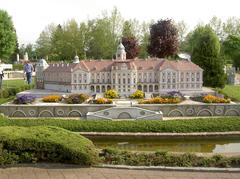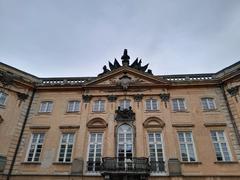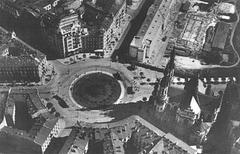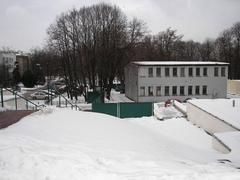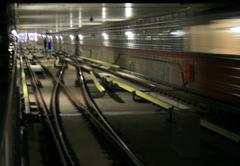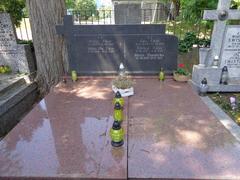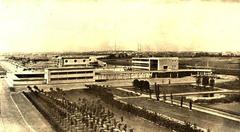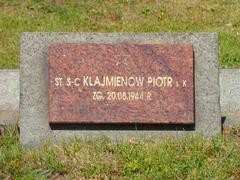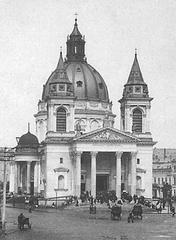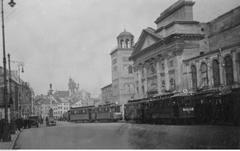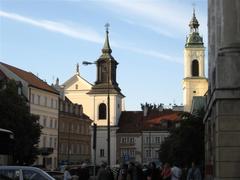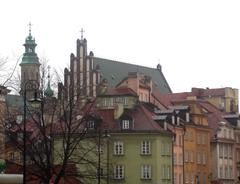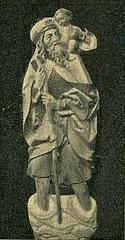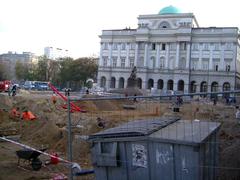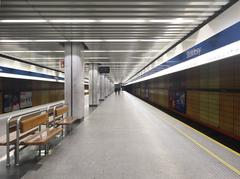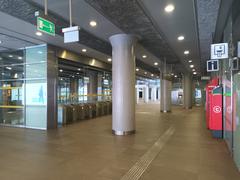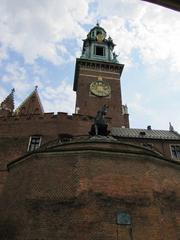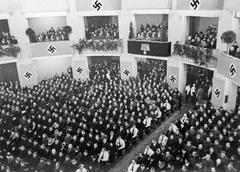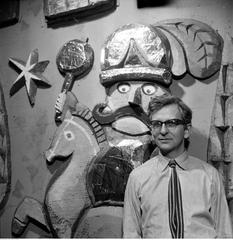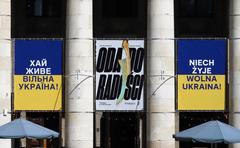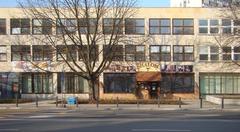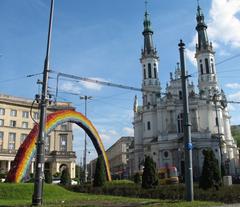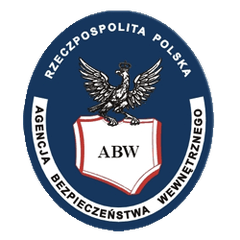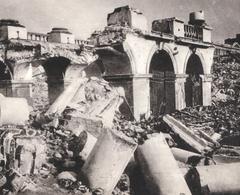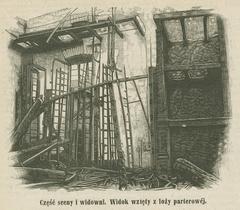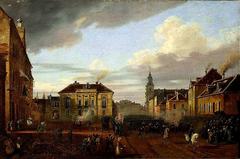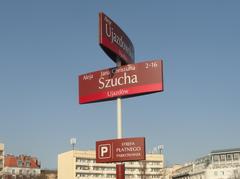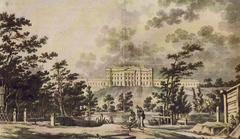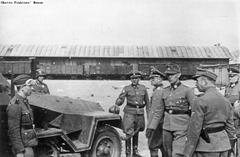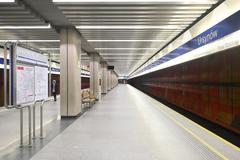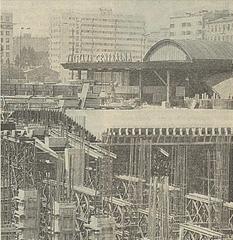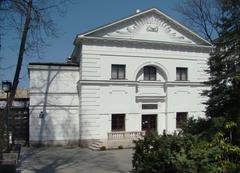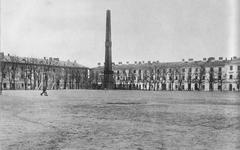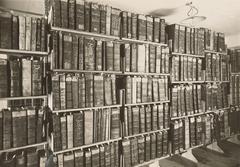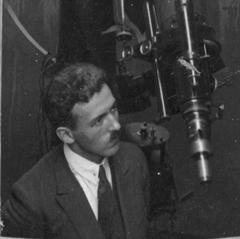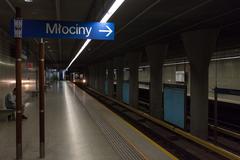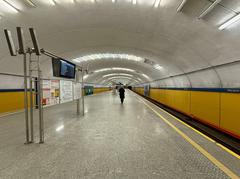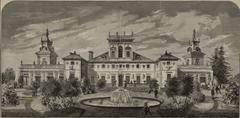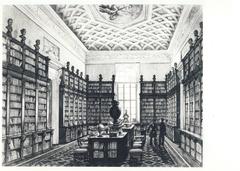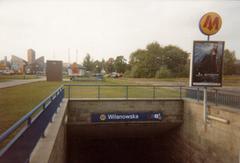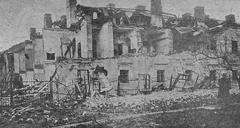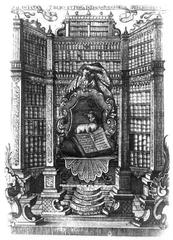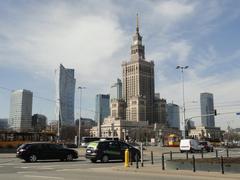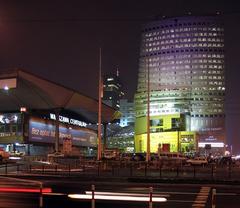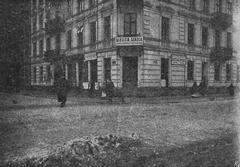Polska Walcząca Visiting Hours, Tickets, and Historical Sites in Warsaw
Date: 23/07/2024
Introduction
Polska Walcząca, or ‘Fighting Poland,’ is a potent symbol of resistance and patriotism that resonates deeply with Polish history and culture. This emblem, designed by Anna Smoleńska during World War II, combines the letters ‘P’ and ‘W’ into an anchor, symbolizing hope and steadfastness. First used in 1942, it became a ubiquitous mark of defiance against Nazi occupation (Warsaw Uprising Museum). Its significance extends beyond the wartime period, serving as a beacon of national pride during the communist era and continuing to inspire modern-day Poland (Polish History Museum).
This comprehensive guide will delve into the historical significance of Polska Walcząca, practical visitor information, and tips for exploring key sites in Warsaw. From the Warsaw Uprising Museum to the Warsaw Uprising Monument, this article provides everything you need to plan an enriching visit. Whether you’re a history enthusiast or a curious traveler, understanding the legacy of Polska Walcząca will enhance your appreciation of Warsaw’s rich historical tapestry.
Table of Contents
- [Introduction](#introductionintroduction)
- [Historical Background](#historical-backgroundhistorical-background)
- [Origins and Formation](#origins-and-formationorigins-and-formation)
- [Role During World War II](#role-during-world-war-iirole-during-world-war-ii)
- [Post-War Significance](#post-war-significancepost-war-significance)
- [Preservation and Memorials](#preservation-and-memorialspreservation-and-memorials)
- [Educational Initiatives](#educational-initiativeseducational-initiatives)
- [Cultural Impact](#cultural-impactcultural-impact)
- [Modern-Day Commemorations](#modern-day-commemorationsmodern-day-commemorations)
- [Visitor Information](#visitor-informationvisitor-information)
- [Warsaw Uprising Museum](#warsaw-uprising-museumwarsaw-uprising-museum)
- [Warsaw Uprising Monument](#warsaw-uprising-monumentwarsaw-uprising-monument)
- [Travel Tips](#travel-tipstravel-tips)
- [Special Events](#special-eventsspecial-events)
- [Photographic Spots](#photographic-spotsphotographic-spots)
- [Frequently Asked Questions](#frequently-asked-questionsfrequently-asked-questions)
- [Conclusion](#conclusionconclusion)
- [Call to Action](#call-to-actioncall-to-action)
- [References](#referencesreferences)
Historical Background
Origins and Formation
Polska Walcząca, or ‘Fighting Poland,’ is a symbol deeply embedded in the history of Warsaw and Poland as a whole. The emblem, consisting of the letters ‘P’ and ‘W’ intertwined to form an anchor, was created during World War II as a symbol of resistance against the Nazi occupation. The symbol was designed by Anna Smoleńska, a member of the Polish underground resistance, and was first used in 1942. It quickly became a ubiquitous mark of defiance and hope, appearing on walls, buildings, and other public spaces throughout Warsaw and other occupied cities (Warsaw Uprising Museum).
Role During World War II
The Polska Walcząca symbol played a crucial role during the Warsaw Uprising of 1944, a major operation by the Polish resistance Home Army (Armia Krajowa) to liberate Warsaw from German occupation. The uprising, which began on August 1, 1944, and lasted for 63 days, was one of the largest and most significant acts of resistance in occupied Europe. The symbol was used to rally the Polish people and boost morale during this intense period of conflict (Warsaw Uprising Museum).
Post-War Significance
After World War II, the Polska Walcząca symbol continued to hold significant meaning for the Polish people. During the communist era, it became a symbol of opposition to the Soviet-imposed regime. The symbol was often used by anti-communist groups and during protests, such as the 1956 Poznań protests and the Solidarity movement in the 1980s. It represented the enduring spirit of resistance and the desire for freedom and independence (Polish History Museum).
Preservation and Memorials
Today, the Polska Walcząca symbol is preserved and commemorated in various ways throughout Warsaw. One of the most notable memorials is the Warsaw Uprising Monument, located on Krasiński Square. Unveiled in 1989, the monument features a large sculpture of resistance fighters and prominently displays the Polska Walcząca symbol. The monument serves as a powerful reminder of the bravery and sacrifice of those who fought during the uprising (Warsaw Uprising Monument).
Educational Initiatives
Educational initiatives also play a significant role in preserving the history and significance of Polska Walcząca. The Warsaw Uprising Museum, opened in 2004, offers extensive exhibits on the uprising and the broader context of World War II in Poland. The museum features multimedia displays, personal testimonies, and artifacts that help visitors understand the importance of the Polska Walcząca symbol and the resistance movement. The museum also organizes educational programs and events to engage younger generations and ensure that this crucial part of Polish history is not forgotten (Warsaw Uprising Museum).
Cultural Impact
The Polska Walcząca symbol has also permeated Polish culture, appearing in literature, film, and art. It has been featured in numerous books and movies that depict the struggles and heroism of the Polish resistance. For example, the 2014 film ‘Warsaw 44’ (original title: ‘Miasto 44’), directed by Jan Komasa, vividly portrays the events of the Warsaw Uprising and prominently features the Polska Walcząca symbol. Such cultural representations help keep the memory of the resistance alive and highlight its significance in Polish history (Warsaw 44).
Modern-Day Commemorations
In contemporary Poland, the Polska Walcząca symbol continues to be a powerful emblem of national pride and resilience. Each year on August 1, Warsaw holds commemorative events to mark the anniversary of the Warsaw Uprising. These events include ceremonies, reenactments, and educational activities that honor the memory of the resistance fighters and the enduring legacy of the Polska Walcząca symbol. The symbol is also used in various public and private commemorations, ensuring that its historical significance remains a vital part of Poland’s national identity (Warsaw Uprising Commemoration).
Visitor Information
Warsaw Uprising Museum
- Visiting Hours: The museum is open from 10:00 AM to 6:00 PM on weekdays and from 10:00 AM to 8:00 PM on weekends.
- Tickets: General admission tickets cost 25 PLN, with discounts available for students and seniors. Family tickets and group rates are also available.
- Accessibility: The museum is wheelchair accessible and offers audio guides in multiple languages (Warsaw Uprising Museum).
Warsaw Uprising Monument
- Visiting Hours: The monument is accessible 24/7.
- Tickets: No tickets required, as it is a public memorial.
- Accessibility: Located in an open public space, easily accessible (Warsaw Uprising Monument).
Travel Tips
- Getting There: Both the museum and the monument are easily accessible by public transportation. The closest metro station to the museum is Rondo Daszyńskiego.
- Nearby Attractions: Consider visiting the POLIN Museum of the History of Polish Jews and the Royal Castle, both of which are within a short distance.
- Guided Tours: Guided tours of the Warsaw Uprising Museum are available and highly recommended for a more in-depth experience (Warsaw Uprising Museum).
Special Events
- Annual Commemorations: Join the annual commemorative events on August 1st, which include ceremonies, reenactments, and educational activities.
- Exhibitions: Check the museum’s website for information on temporary exhibitions and special programs (Warsaw Uprising Museum).
Photographic Spots
- Warsaw Uprising Monument: A poignant backdrop for photographs, especially during the golden hour.
- Museum Exhibits: Many exhibits provide excellent photo opportunities; just be mindful of the museum’s photography policies (Warsaw Uprising Museum).
Frequently Asked Questions
Q: What are the visiting hours for the Warsaw Uprising Museum?
A: The museum is open from 10:00 AM to 6:00 PM on weekdays and from 10:00 AM to 8:00 PM on weekends (Warsaw Uprising Museum).
Q: How can I purchase tickets for guided tours?
A: Tickets for guided tours can be purchased at the museum’s ticket office or online through the museum’s official website (Warsaw Uprising Museum).
Q: Is the Warsaw Uprising Monument accessible at all times?
A: Yes, the monument is accessible 24/7 as it is a public memorial (Warsaw Uprising Monument).
Q: Are there any discounts available for museum tickets?
A: Yes, discounts are available for students, seniors, and groups. Family tickets are also offered at a reduced rate (Warsaw Uprising Museum).
Q: What other historical sites are nearby?
A: Nearby attractions include the POLIN Museum of the History of Polish Jews and the Royal Castle (Warsaw Tourism).
Conclusion
The Polska Walcząca symbol is more than just an emblem; it is a testament to the enduring spirit of resistance and the fight for freedom that has characterized Polish history. From its origins during World War II to its continued significance in modern-day Poland, the symbol serves as a powerful reminder of the sacrifices made by those who fought for their country’s independence. Through memorials, educational initiatives, and cultural representations, the legacy of Polska Walcząca continues to inspire and unite the Polish people. Plan your visit to the Warsaw Uprising Museum and Monument to experience this profound piece of history firsthand (Warsaw Uprising Museum, Warsaw Uprising Monument).
Call to Action
Download the Audiala mobile app for more historical insights and updates on visiting hours, ticket prices, and special events. Follow us on social media to stay informed about new articles and commemorative events.
References
- Warsaw Uprising Museum. (n.d.). Retrieved from https://www.1944.pl
- Polish History Museum. (n.d.). Retrieved from https://muzhp.pl
- Warsaw Uprising Monument. (n.d.). Retrieved from https://www.warsawtour.pl
- Solidarity Center. (n.d.). Retrieved from https://www.solidaritycenter.org
- Polish Institute of National Remembrance. (n.d.). Retrieved from https://ipn.gov.pl
- Polish Film Institute. (n.d.). Retrieved from https://pisf.pl
- Pawiak Prison Museum. (n.d.). Retrieved from https://www.muzeum-niepodleglosci.pl
- POLIN Museum. (n.d.). Retrieved from https://www.polin.pl
- Warsaw Tourism. (n.d.). Retrieved from https://www.warsawtour.pl
